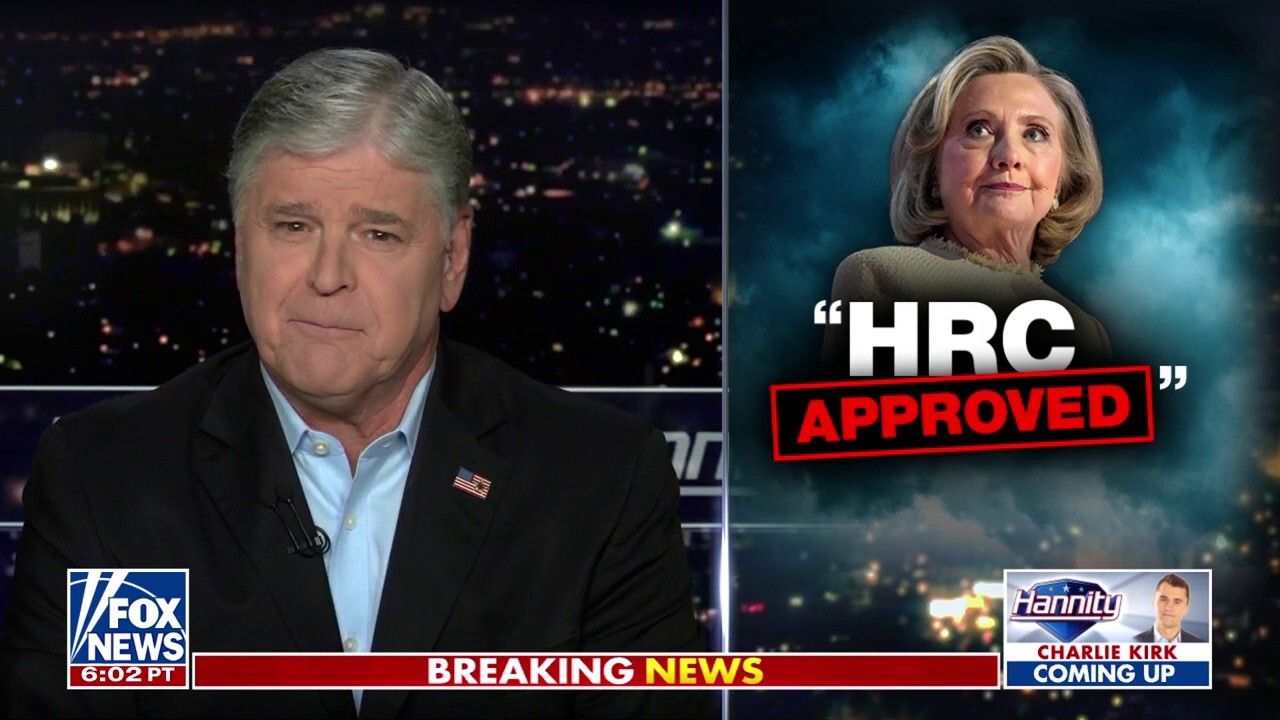Tariff Pause Prompts Surge in Freight Shipments and Price Increases
The temporary suspension of U.S. tariffs on Chinese imports has triggered a dramatic rise in freight shipments between the two nations, with industry analysts warning of impending consumer price hikes. Following the June 2023 trade negotiations breakthrough, logistics firms report a 27% month-over-month increase in transpacific cargo volumes, straining supply chains already grappling with post-pandemic recovery challenges.
Immediate Impact on Shipping and Logistics
Major U.S. West Coast ports saw container throughput jump 18% in July compared to June, according to the National Retail Federation and Hackett Associates. The sudden demand spike has created bottlenecks at critical hubs:
- Los Angeles/Long Beach port complex operating at 92% capacity
- Average container dwell times increasing to 6.3 days (up from 4.8 in May)
- Spot rates for 40-foot containers from Shanghai to Los Angeles rising 14%
“We’re seeing a gold rush mentality among importers trying to move goods before potential policy reversals,” noted maritime economist Lori Fellman of the Global Trade Analysis Project. “This artificial demand surge distorts normal seasonal patterns and could lead to inflationary pressures by Q4.”
Consumer Markets Brace for Price Adjustments
While the tariff pause reduces costs for importers, industry observers note these savings aren’t reaching consumers yet. The Producer Price Index for imported Chinese goods fell 3.1% in July, but the Consumer Price Index for affected categories (electronics, apparel, furniture) showed only 0.7% decline.
“There’s typically a 3-6 month lag before tariff changes impact retail shelves,” explained retail analyst Mark Chen of Bernstein Advisors. “When you combine pent-up demand with supply chain friction, we’re likely looking at 4-8% price increases on affected goods by holiday season.”
Key sectors facing price volatility:
- Consumer electronics: 78% of U.S. imports originate from China
- Home furnishings: 42% import dependency
- Industrial components: 35% of manufacturing inputs affected
Trade Policy Uncertainty Shapes Business Strategies
The provisional nature of the tariff pause—set for review in November 2023—has created a bifurcated response among businesses. While some companies accelerate shipments, others remain cautious about long-term supply chain commitments.
Divergent Approaches Among Importers
Large retailers like Walmart and Home Depot have reportedly chartered additional vessels to build inventory buffers. Meanwhile, smaller importers face difficult choices:
- 43% accelerating orders despite higher logistics costs (National Importers Survey)
- 29% maintaining pre-pause order volumes
- 28% diversifying to alternative markets (Vietnam, Mexico, India)
“This isn’t 2019 anymore—companies have learned hard lessons about overconcentration,” observed supply chain consultant Rafael Ortega. “Even with tariffs easing, we’re seeing more businesses adopt China+1 strategies as standard practice.”
Manufacturing Sector Faces Complex Calculus
The tariff reprieve comes as U.S. manufacturers grapple with conflicting pressures. While lower input costs provide relief, the CHIPS Act and Inflation Reduction Act continue incentivizing domestic production. Industrial equipment maker Jervis Systems reported:
- 15% reduction in component costs from Chinese suppliers
- But only 2% decrease in total production costs due to domestic labor expenses
- No plans to reverse recent reshoring initiatives
Economic Implications and Future Outlook
The tariff pause’s macroeconomic effects remain contested among economists. While the White House Council of Economic Advisers projects 0.3% GDP growth from the measure, independent analyses suggest more muted benefits.
Potential Scenarios Moving Forward
Morgan Stanley’s trade team outlines three probable outcomes:
- Status quo extension (55% probability): Temporary pause renewed through 2024 elections
- Partial reinstatement (30%): Sector-specific tariffs on technology goods
- Full-scale trade war resumption (15%): Breakdown in negotiations triggering new tariffs
“The shipping frenzy we’re witnessing reflects fundamental uncertainty,” said Georgetown University trade professor Elena Vasquez. “Businesses are making billion-dollar bets based on political calculations rather than market fundamentals—that’s never sustainable.”
Recommendations for Stakeholders
Industry groups advise companies to:
- Model multiple tariff scenarios in financial planning
- Diversify supplier networks where feasible
- Lock in freight capacity early for Q4 shipments
- Communicate transparently with customers about potential price changes
As the November review deadline approaches, businesses and consumers alike face continued volatility. The ultimate test may be whether temporary trade relief can translate into lasting stability for the world’s most consequential economic relationship.
For ongoing coverage of trade policy impacts, subscribe to our supply chain newsletter for weekly updates and expert analysis.
See more CCTV News Daily



